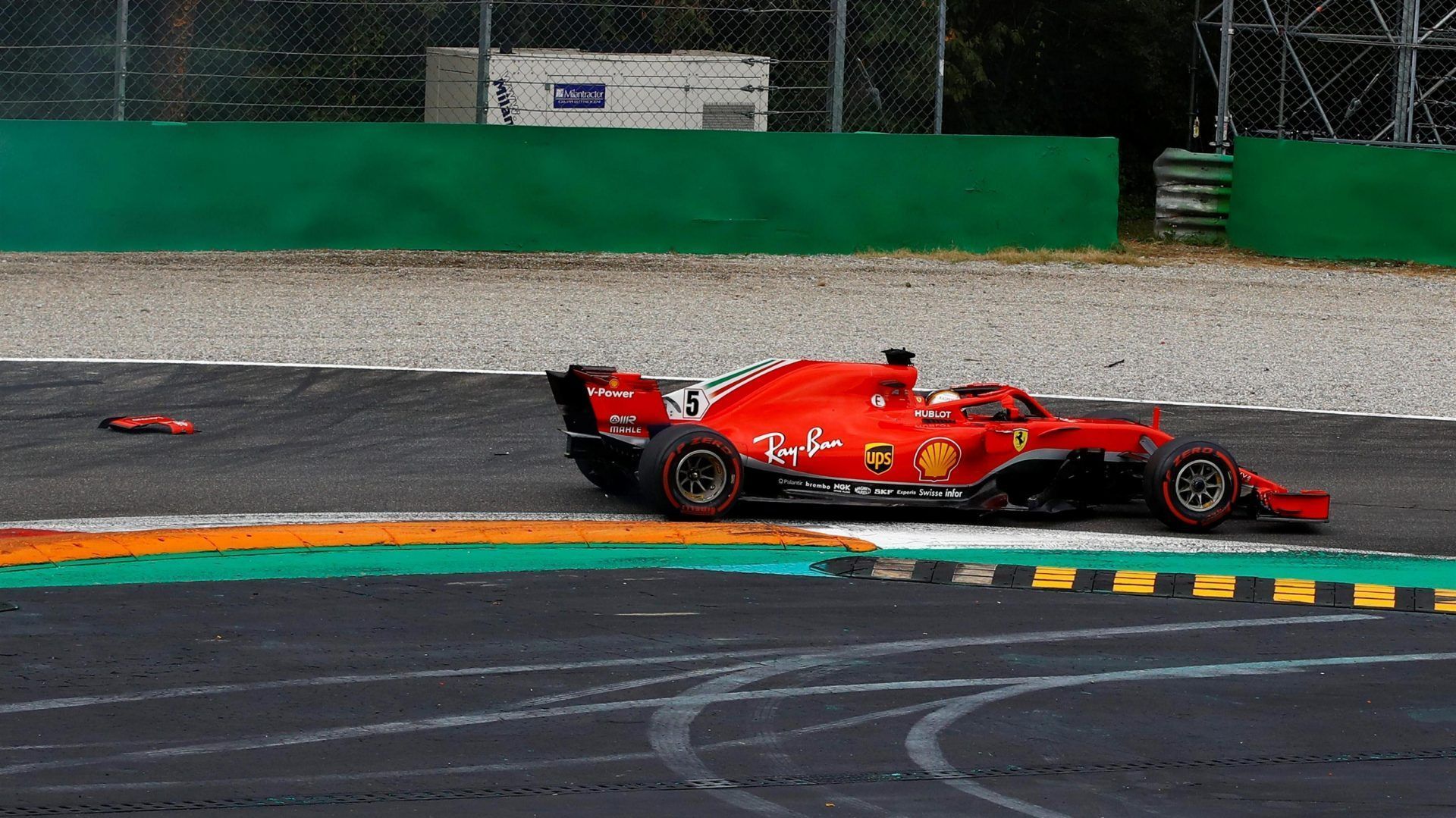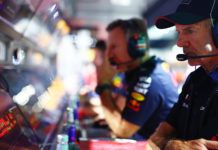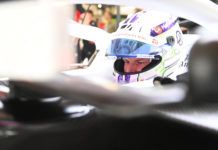Mercedes has clarified the reasoning for them to not force an investigation of an unsafe release for Sebastian Vettel by Ferrari during the 2018 Formula 1 Italian GP.
Vettel limped back into the pits after his Lap 1 tangle with Mercedes’ Lewis Hamilton as the German needed a front wing change because of the damage due to the hit. The incident wasn’t telecasted on the international feed but an onboard video made the rounds.
The video showed that the German was cleared by the team into the path of an incoming Sauber of Marcus Ericsson whose left rear tyres had come off after a tangle with Toro Rosso’s Brendon Hartley in the opening lap.
The onboard video suggested that Vettel was released on the path of Ericsson as he approached the Ferrari pit. The incident was also talked upon by the commentators but no action was taken and neither it was discussed after the race.
However, Mercedes has now come out to explain the reasoning for any team to not protest against Ferrari’s unsafe release to the FIA, owing to Monza’s pitlane’s width which doesn’t hinder any approaching car in a huge way.
“The FIA are extremely diligent and are very much looking at this matter all of the time,” started Mercedes’ chief strategist James Vowles. “There are a number of cameras around the pit lane that allow them to see what traffic is there and what is going on.
“In the case of Monza, the pit lane is incredibly wide and sufficient to be able to have a car in the fast lane and what we deem as the middle lane. So, effectively between where the pit stops take place and the fast lane. And two cars can run alongside safely.
“In the case of Monza, that’s what happened with Vettel and why no penalty was issued.” Vowles also explained how they changed Hamilton’s strategy at the last moment to do the opposite of what Ferrari did with Kimi Raikkonen.
While they had decided to go long with Valtteri Bottas fairly early, the call for Hamilton was only made when they lost the opportunity to undercut as well as overcut Raikkonen. They predicted that Raikkonen will catch Bottas at some point in the race.
And so, the decision was then to get Bottas in the mix for Hamilton but at the same time allow Bottas to match on with Red Bull’s Max Verstappen in the fight for third. Their formula worked as Raikkonen’s tyres already started to blister by the time Bottas’ pitted.
“With Valtteri, he was fighting extremely hard to get past Max on the first stint of the race but wasn’t quite able to overtake,” he said. “The only way we were going to get through him was again an undercut or offsetting the tyres.
“We’d chosen fairly early on to look after the tyres and go long on that stint. When Verstappen came in on Lap 26 it allowed Valtteri some clean air to make the most off. And, Valtteri’s pace was good.
“He was matching Verstappen on times even though Verstappen was on fresh Soft tyres. We knew that Valtteri could be interacting with Kimi, but the concept was also making sure Valtteri had the best chance possible of finishing on the podium.
“From then onwards, since he was matching Max’s times, it was to go as long as we could and make sure that we had the freshest tyres possible to overtake at a later stage. That did mean that he interacted with Kimi and had to defend against Kimi.
“But at no time was he losing any more time relative to Max, and all he was doing was building up a tyre buffer, which ended up working out very well for him.” Vowles also clarified why Bottas struggled to pass Verstappen despite the power advantage.
“First stint of the race, Valtteri and Max were on exactly the same age tyres, SuperSoft, and in a situation where the Red Bull was very quick in a straight line,” he said. “It was a better car than it was in Qualifying.
“It was much faster in race trim than it had been in Qualifying trim and furthermore Red Bull had opted for a slightly lower drag setting than perhaps us and Ferrari. As a result of it, they were very competitive in a straight line.
“Max is difficult to get past in the best of times and in that circumstance, once we’d seen that we just simply didn’t have the straight-line speed and the run on him to do it, we opted to look after the tyres, sit behind and wait.
“Later on in the race, you’d have seen Valtteri on much fresher tyres relative to Max and very competitive. In that circumstance, Max was now under a huge amount of pressure. He went off at the first chicane and had a joker called as a result of it.
“He could only do that one more time. The second time Valtteri got alongside, you would’ve seen what happened, Max didn’t quite leave enough room and made contact with Valtteri. Those are just signs of the fact that with our tyre offset, we were now just a faster car.
“Had that contact not happened and Valtteri not had a loss of lap time, really Valtteri would’ve been fighting for P2 in that race.” In the end, Hamilton took the win with Bottas in third after a penalty for Verstappen – as everything worked how Mercedes intended.



















